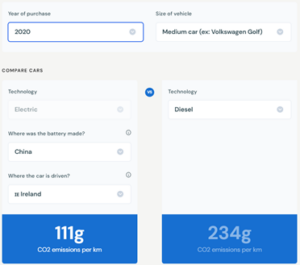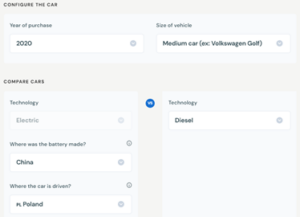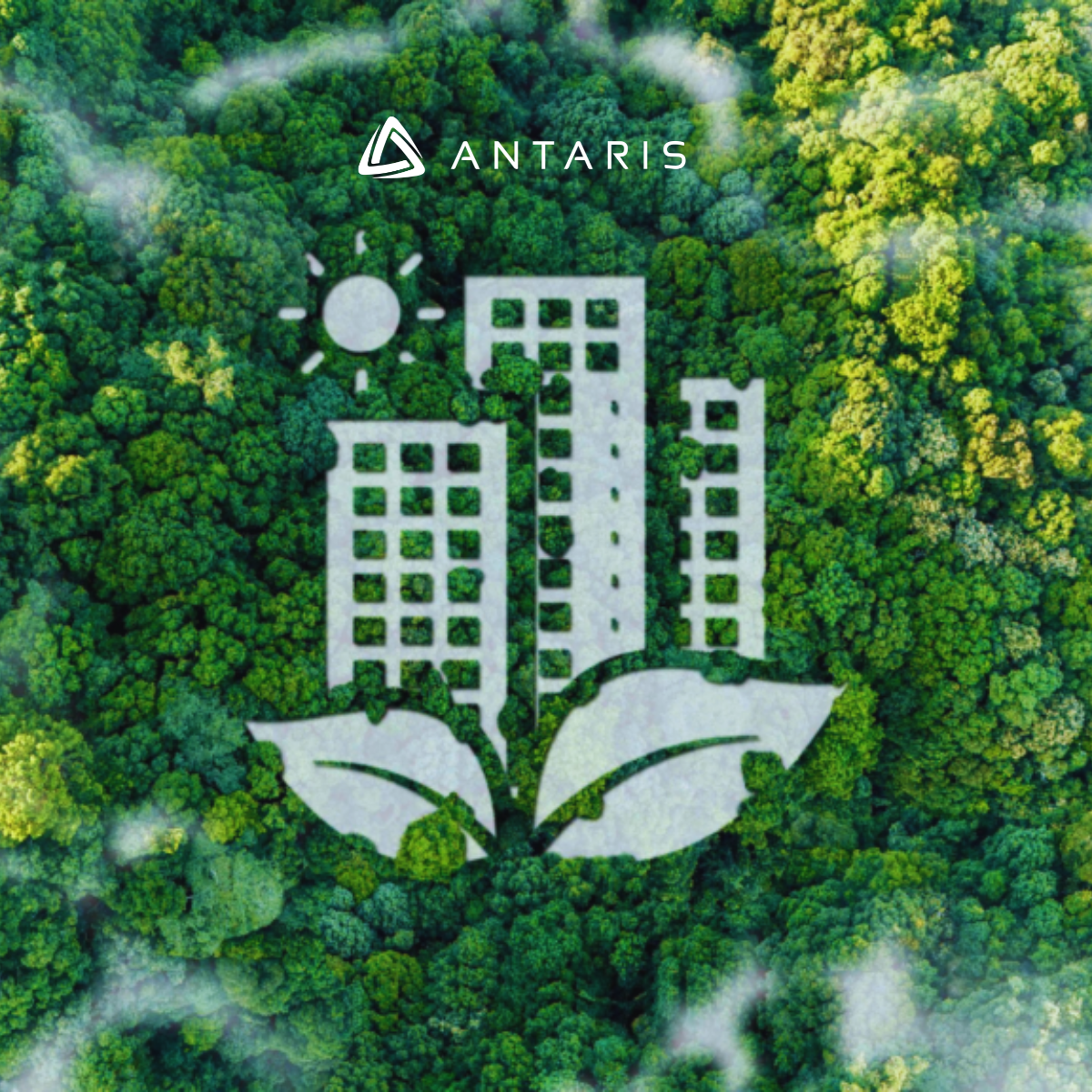(*for a medium sized car, purchased in 2020 with a battery manufactured in China and charged on the Irish electricity grid)
It is commonly assumed that we can decarbonise transport by merely switching our combustion cars for electric cars but that is not the case. Electric cars produce carbon dioxide in their manufacture and use. In terms of carbon emissions the best vehicle may be an existing vehicle used less frequently, rather than a brand new electric vehicle. (Air quality pollutants such as NOx and particulate matter notwithstanding).
Purchasing an electric vehicle now locks in the embodied emissions in the electric car battery which is decarbonising rapidly.
However, where using a car remains the only viable option, an electric car is better than a combustion car in terms of CO2 emissions, especially for high milage vehicles.
How much better you ask?
Well thanks to the people at Transport and Electric, Europe’s leading clean transport campaign group we can calculate how much carbon we can save. For a medium car (e.g. VW Golf sized), purchased in 2020 and charged from the Irish Grid, the lifetime emissions are about half the emissions of an equivalent diesel car.
This assumes a like for like replacement which ignores the SUV-ification of the Irish car fleet, (i.e. replacing a smaller car with a larger one e.g. replacing a hatchback car with an SUV or crossover).
The break-even point is around 45,000km. As the average car is driven 16,350 km /year (according to the CSO transport omnibus figures) a new electric car would have to be driven for 2 years and 9 months before seeing any carbon benefit compared to a diesel car (which can be produced with less CO2). By this time the electric car would have been responsible for the emission of 16 tonnes of CO2.
The amount of CO2 emitted over the lifetime of an electric car depends on –
- where the battery was made (or more precisely how carbon intensive the energy is where the battery was made), and
- where the car is used (or more precisely how carbon intensive the electricity used to charge the car is).
There is a considerable range.
In a worst case European scenario with a battery produced in China and charged on a grid using a lot of coal such as in Poland, a medium car would emit 78% as much CO2 as a diesel car over it’s lifetime (assumed 225,000km or for any less metric minded readers~140,000miles).
This means it would have to be driven around 118,000km before it had any carbon benefit. Depending on the annual milage this could easily be 10 years and in 10 years’ time we need to be decarbonising the remaining half of society, having already decarbonised the first half by 2030.
A high milage taxi (lifetime 500,000km or 310,000miles) with a Chinese battery, purchased in 2020 will produce about 45 tonnes of CO2 as compared to 121 tonnes CO2 for a diesel taxi.
Looking forward, in the very best case scenario, where the battery is produced in 2030 by the cleanest energy in the EU, and is charged from home PV solar panels the vehicle will emit 12 tonnes of CO2 over its lifetime as a taxi (50,000km or 310,000miles).
We need to have a systems thinking approach to mobility. Systems thinking is one of the six core principles for implementing a Circular Economy. You may have seen this striking graphic from the influential Ellen McArthur Foundation 2015 Circular economy report setting out the waste and inefficiency inherent in our car based transport system.
We know the scale of decarbonization required in the next 28 years to 2050 and the IPCC Working Group II report, Climate Change 2022: Impacts, Adaptation and Vulnerability clearly underlines how urgent that task is. However there remains a strong appetite to continue business as usual. We need a sudden and systematic transformation of our transport system and as seen above, merely electrifying our cars will not be enough.
Check out the tool here –
https://www.transportenvironment.org/discover/how-clean-are-electric-cars/
There is also an associated explanatory note if you wish to read further –
https://www.transportenvironment.org/wp-content/uploads/2020/04/TEs-EV-life-cycle-analysis-LCA.pdf
If you would like to discuss electrification, decarbonization, mobility or wider sustainability issues please get in touch at https://antarisconsulting.com/contact/










